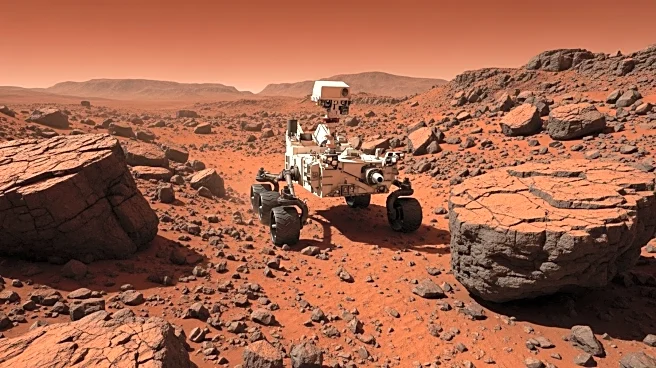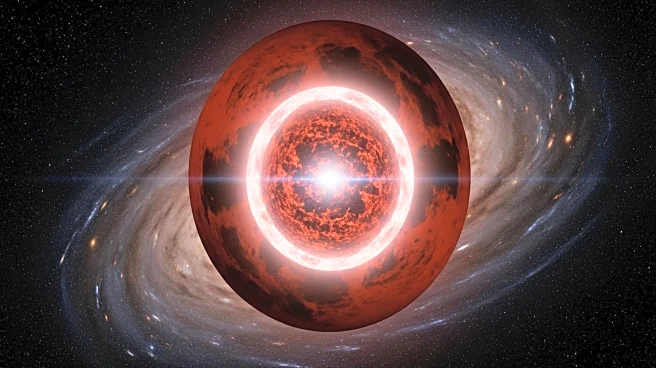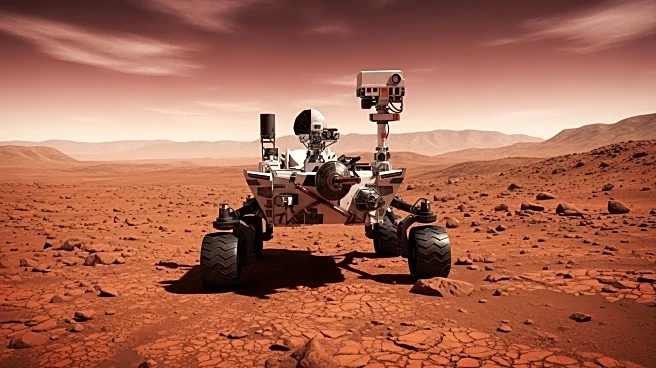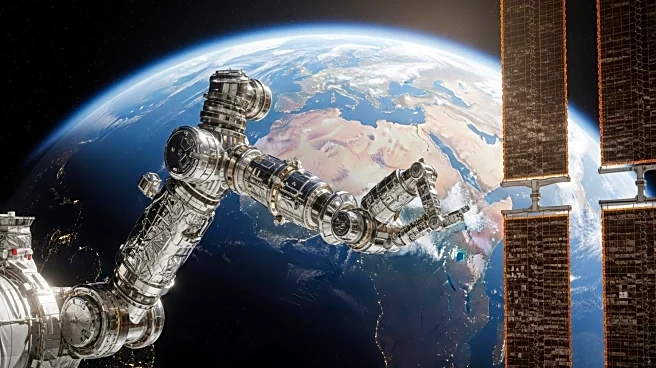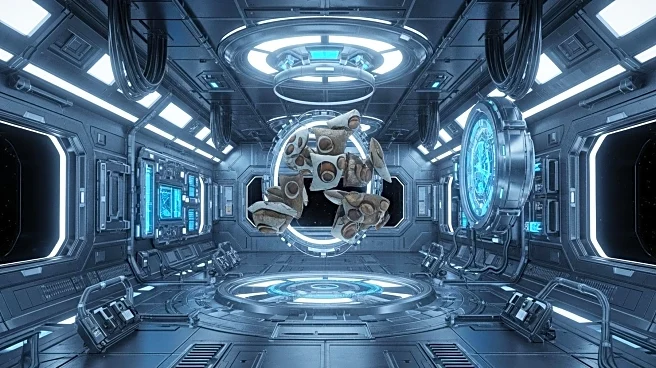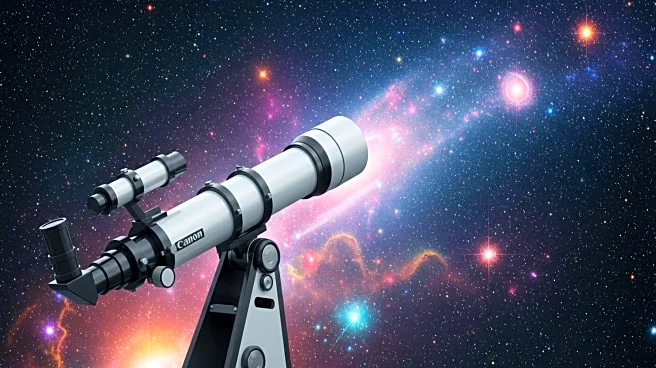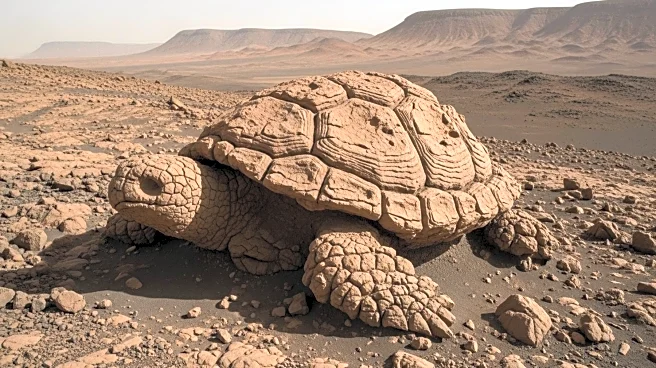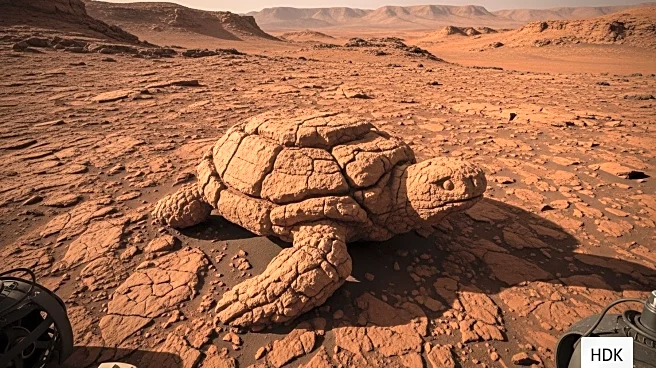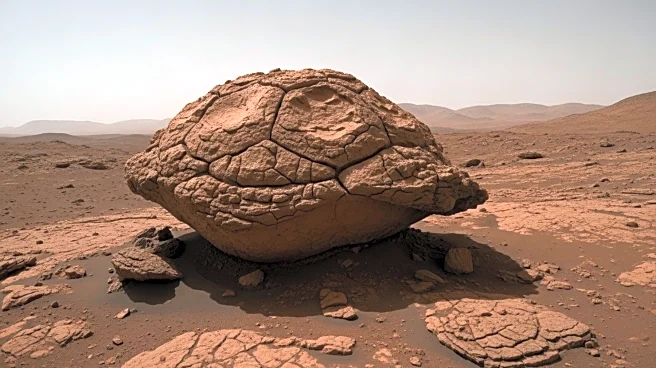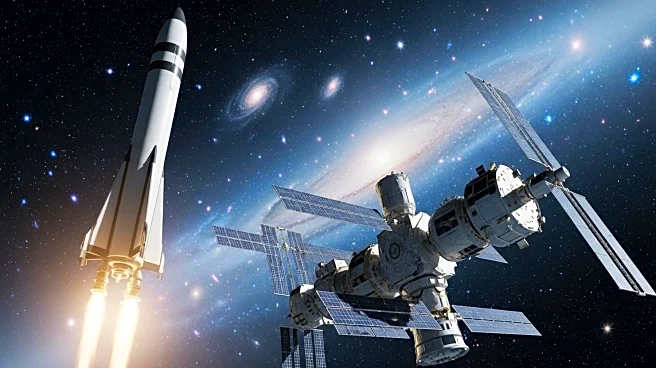What's Happening?
NASA's Perseverance rover has entered a new phase of exploration, focusing on an area known as megabreccia. This terrain, northwest of Soroya ridge, contains a mix of rock fragments believed to be from ancient asteroid impacts. The rover's mission is to study these rocks, which may include material from the Isidis impact event, a significant geological occurrence on Mars. The exploration aims to link Jezero Crater's geology with the broader Isidis Basin, providing insights into Mars' global history. The rover's findings could reveal the presence of water on ancient Mars, a key factor in the search for past life.
Why It's Important?
The study of megabreccia is significant for understanding Mars' geological and environmental history. These rocks may offer a glimpse into the planet's deep crustal material, providing clues about its formation and evolution. Discovering evidence of water in these ancient rocks could support theories of past life on Mars, influencing future exploration missions. The research contributes to the scientific community's knowledge of Mars, potentially impacting planetary science and exploration strategies. Understanding Mars' history is crucial for planning human missions and assessing the planet's habitability.
What's Next?
Perseverance will continue its systematic exploration of the megabreccia, analyzing rock samples to uncover Mars' early history. The findings may guide future missions, including human exploration, by providing data on the planet's geological and environmental conditions. Scientists and researchers will use the information to refine theories about Mars' past and its potential for life. The rover's mission supports NASA's long-term goals of exploring Mars and preparing for human settlement.
